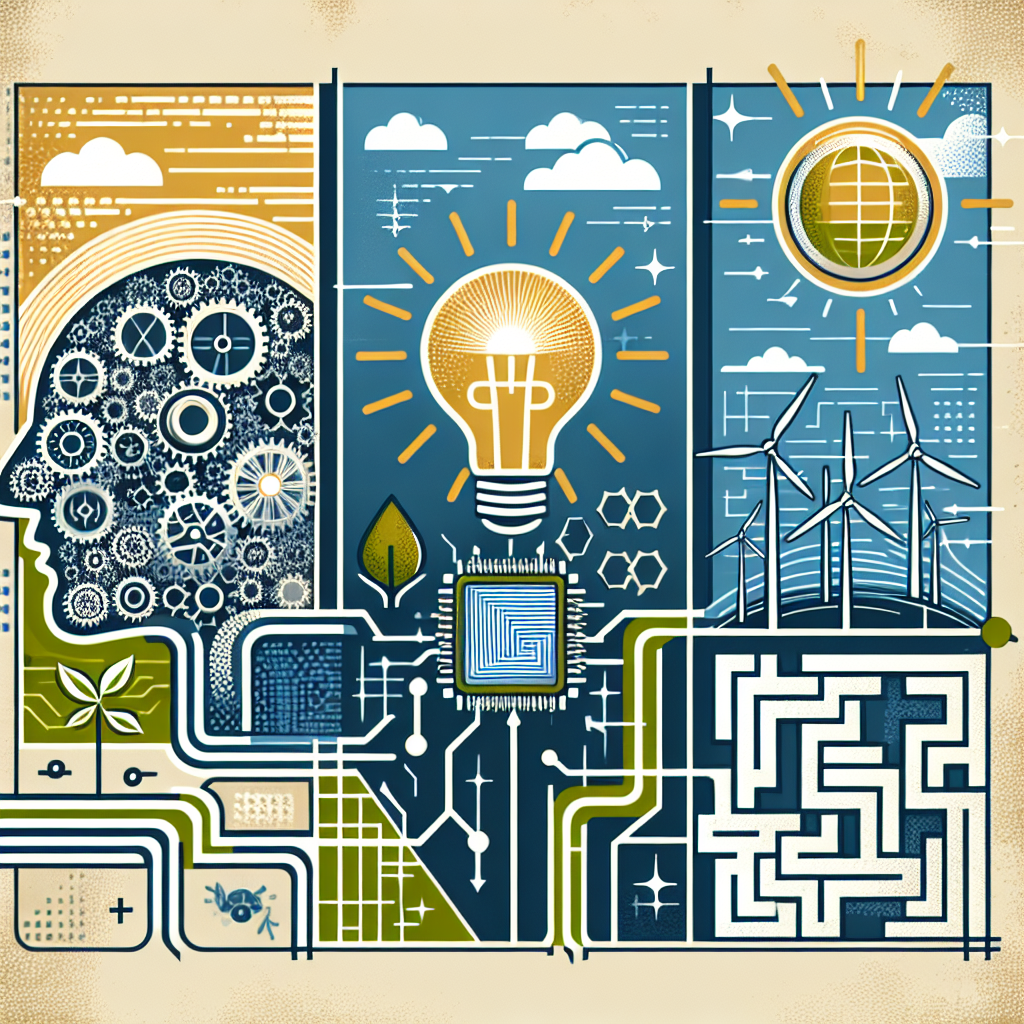IEA Unveils AI’s Energy Impact
In 1964, science fiction writer Arthur C. Clarke envisioned a world where intelligent machines would perform complex human tasks, predicting that such advancements would one day reshape society fundamentally. Fast forward to today, and artificial intelligence is no longer fiction—it’s powering everything from self-driving cars to personalized digital assistants. But as AI evolves at breakneck speed, a new dimension of its legacy is emerging: its colossal impact on global energy consumption. The IEA unveils AI’s energy impact in its latest report, sounding the alarm on the environmental footprint of our digital future.
AI and Global Energy Demand: A Growing Concern
According to the International Energy Agency (IEA), the proliferation of artificial intelligence and the digital economy is already causing a remarkable spike in energy usage. The report, titled “Electricity 2024,” reveals that global data center electricity consumption could surge to more than 1,000 terawatt-hours (TWh) by 2026—nearly doubling from 2022 levels. This projection represents about 3.4% of total global electricity demand, drawing attention to AI’s insatiable appetite for power.
Data Centers and Cryptocurrency: The Core Drivers
Data centers—the backbone infrastructure powering AI training, cloud computing, and streaming services—are at the heart of this transformation. But it’s not just traditional tech giants contributing to energy strain; the IEA highlights how crypto mining and generative AI are accelerating demand in ways that could stress power grids across the world.
Among the report’s findings:
- Electricity demand from data centers globally was over 460 TWh in 2022.
- AI training models require exponentially more power than basic computing tasks.
- Crypto networks consumed around 110 TWh in 2022, with Bitcoin accounting for the bulk.
A Double-Edged Sword: AI’s Energy Use vs Efficiency Potential
While AI is a major driver of increased electricity consumption, it also holds the potential to optimize energy use across other industries. Machine learning algorithms can enhance smart grid efficiencies, forecast renewable energy supply with greater accuracy, and even identify energy leaks in infrastructure. The IEA suggests that if managed wisely, AI could play a central role in supporting the clean energy transition—provided its own footprint is kept in check.
Geographic Shifts and Infrastructure Challenges
Countries like Ireland are illustrative of the challenges ahead. Data centers are projected to account for one-third of Ireland’s electricity demand by 2026. The IEA warns that without policy intervention and sustainable infrastructure expansion, this could place enormous pressure on already strained grids, especially during peak usage periods.
What Comes Next?
The IEA urges governments to take proactive measures, including:
- Implementing energy-efficiency standards for data centers and AI technologies.
- Encouraging innovation in low-energy AI chip architecture.
- Expanding the share of renewables powering data infrastructure.
As AI continues to scale, balancing digital innovation with climate goals will be a defining challenge for the next decade. The industry’s trajectory doesn’t have to be at odds with sustainability—if acted on thoughtfully, the insights from the IEA’s report could help governments and corporations align energy policy with AI advancement.
Conclusion
The rise of artificial intelligence is reshaping more than just technology—it’s transforming how, when, and why we consume energy. As the IEA unveils AI’s energy impact, it brings to light a crucial conversation: can we harness AI’s potential without sacrificing our planet’s climate goals? The answer will depend not only on innovation but on our willingness to adapt at all levels—from policy to infrastructure and individual responsibility.

